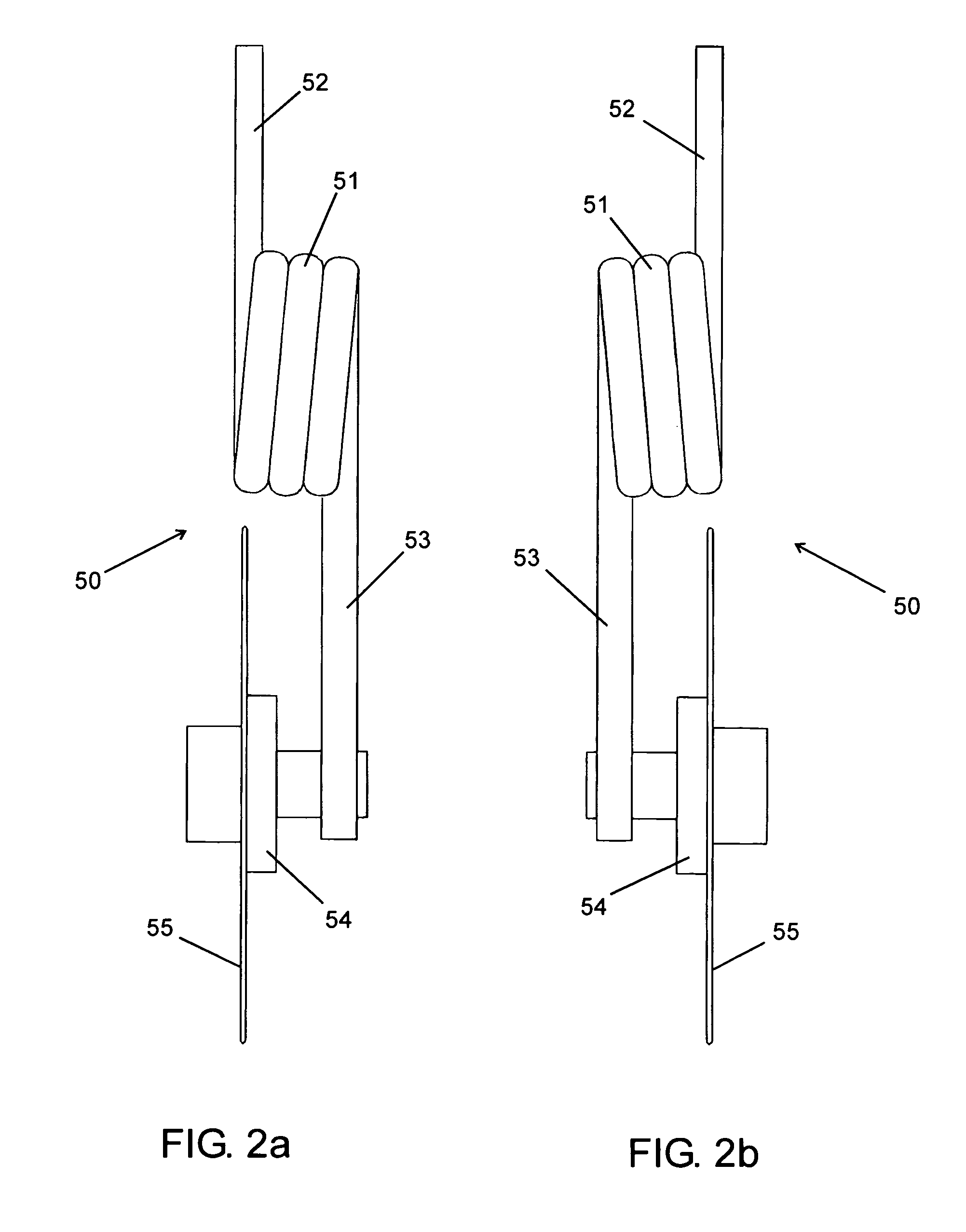Conservation tillage implement, system and method
a technology of tillage implements and implements, applied in the field of tillage implements and crop residue management, can solve the problems of residues preventing soil, delay in planting crops, and falling out of favor of conventional tillage practices, so as to reduce inventory costs and delivery time, reduce farmer's expense, and save costs
- Summary
- Abstract
- Description
- Claims
- Application Information
AI Technical Summary
Benefits of technology
Problems solved by technology
Method used
Image
Examples
Embodiment Construction
[0055]Throughout the description, like reference numerals will be used to refer to like features of the invention.
[0056]Referring to FIG. 1, a cultivator frame comprises a plurality of longitudinal 10 and transverse 11 rectangular steel tubes welded together to form a generally rectangular structure. The cultivator frame comprises a central portion, generally denoted as 12, and two wing portions, generally denoted as 13. Each wing portion 13 is attached to a side of the central portion 12 by means of hinges 14. Each wing portion 13 has a corresponding hydraulic cylinder means 15 mounted to the central portion 12 and operatively connected to each wing portion. Each wing portion 13 is able to pivot from a horizontal ground working orientation to a vertical transport orientation upon actuation of the hydraulic cylinder means 15.
[0057]The cultivator frame has a set of wheels comprising four laterally spaced apart pairs of wheels 20. Only one such pair of wheels is labeled in detail. Eac...
PUM
 Login to View More
Login to View More Abstract
Description
Claims
Application Information
 Login to View More
Login to View More - R&D
- Intellectual Property
- Life Sciences
- Materials
- Tech Scout
- Unparalleled Data Quality
- Higher Quality Content
- 60% Fewer Hallucinations
Browse by: Latest US Patents, China's latest patents, Technical Efficacy Thesaurus, Application Domain, Technology Topic, Popular Technical Reports.
© 2025 PatSnap. All rights reserved.Legal|Privacy policy|Modern Slavery Act Transparency Statement|Sitemap|About US| Contact US: help@patsnap.com



